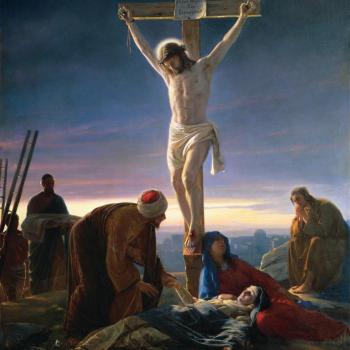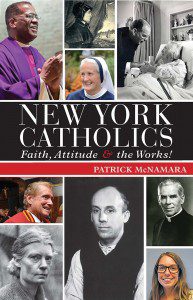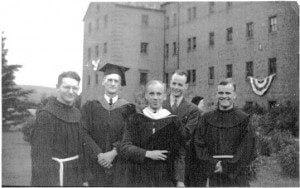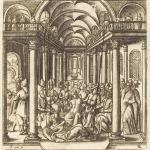![whenstfrancis[1]](https://wp-media.patheos.com/blogs/sites/224/2014/09/whenstfrancis1-194x300.png) Jon M. Sweeney, When Saint Francis Saved the Church: How a Converted Medieval Troubador Created a Spiritual Vision for the Ages (Notre Dame, IN: Ave Maria Press, 2014).
Jon M. Sweeney, When Saint Francis Saved the Church: How a Converted Medieval Troubador Created a Spiritual Vision for the Ages (Notre Dame, IN: Ave Maria Press, 2014).
Author Jon Sweeney has a gift for making Church history accessible, interesting and relevant for a whole new generation of readers, and his latest book ably bears out that reputation. As he writes at the beginning of the book, it isn’t a history book in the strict sense of the term. Instead, it’s the story of Francis’s spiritual vision: how it came to be, its effect on the world he lived in, and how it has continued importance for us today, people of any faith or no faith. It’s an eminently readable book, one I couldn’t put down till I finished it, and one that will leave you feeling spiritually refreshed, as any good Franciscan book should do.
It’s been said many times that truth is stranger than fiction, and never was this truer than in the case of Il Poverello, “the Little Poor Man” of Assisi. Universally acclaimed as the most Christ-like human being that ever lived, his style of radically evangelical poverty has no parallels in Church history. He even frightened his own followers sometimes by the way he lived out the Gospel: literally. Too often we relegate this holy man to the garden fountain, a plaster statue that offers no harm and doesn’t challenge us too much.
As Sweeney writes, however, “Francis originated a spirit that still animates us, nearly eight hundred years after his death.” Why is he relevant today, asks the author? Because he, like many today, looked for faith “beyond the walls of a church, unlike most people of his era.” His style of living Christian faith, in short, “rocked the Church of his day” and changed the world. Sweeney sees the spiritual vision of St. Francis manifest in six major areas:
- In the friendship he cultivated with God, with humanity and even with creation itself.
- In his reaching out to “the other”: the disadvantaged, the dispossessed, even the “non-believer.”
- In his radical way he lived his poverty, gently challenging his followers to do likewise.
- The life-giving spirituality he promoted for all people, not just vowed religious.
- The loving care he brought to his ministry and relationships.
- His approach to death as something not to be feared.
Francis’s radicalism manifested itself in many ways. In his apostolate of friendship, in his openness to all, and in his view of the world as something good, not fearful or evil. His Third Order, which he formed around the year 1210, expressed his belief that holiness was truly accessible to all. His God was not a judgmental, vengeful figure, but one who loves creation into being and sustains it with tender care. This was how St. Francis saved the Church, in one of those rare historical moments when “the ideal becomes real.”
And he’s saving it today, too. At the end of the book, Sweeney writes: “There is a wondrous spirit in the Catholic Church today, and it is thanks to the Francis of Assisi-style unexpectedness of a new pope.” Is it too bold, he asks, “to suggest that another Francis may just be saving the Church again in the twenty-first century?” Just as Francesco di Bernardone rocked the Church of his day, so Jorge Mario Bergoglio has been shaking the modern Church from its own complacency.
The age of miracles, Sweeney, concludes, isn’t gone. “When Pope Francis challenges clericalism,” he writes, “or parishes renew their commitment to serving the needs of the poor and disadvantaged, it is a miracle.” Ultimately, he notes, “Much depends on what we ourselves will do.” Are willing to reach out to the “other” in a spirit of friendship? Do we see the world as something good, not something to be feared? Will be embrace a spiritual life that gives life, as opposed to living in complacency? These are the questions that St. Francis asked centuries ago, and they are still being asked today. How do we respond?
In conclusion, then, I highly recommend this book for all lovers of St. Francis; for all those on a spiritual journey, that they may find a spiritual companion in the saint; for all those interested in the continued relevance of Church history, and for those interested in the life of the Church today. They can find no better guide for the journey than Jon Sweeney’s wonderful new work. Pax et Bonum!
















